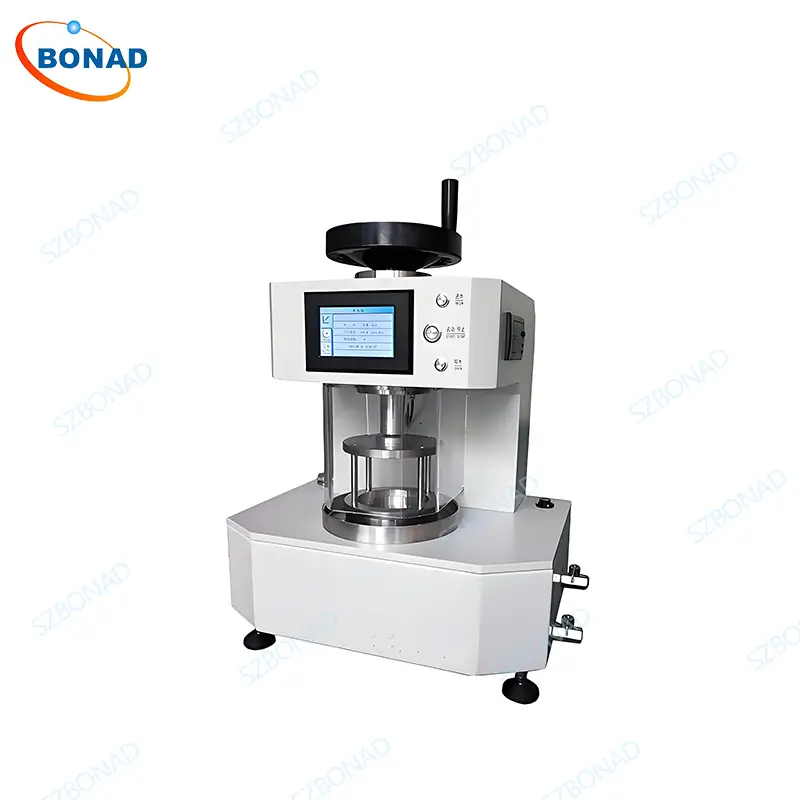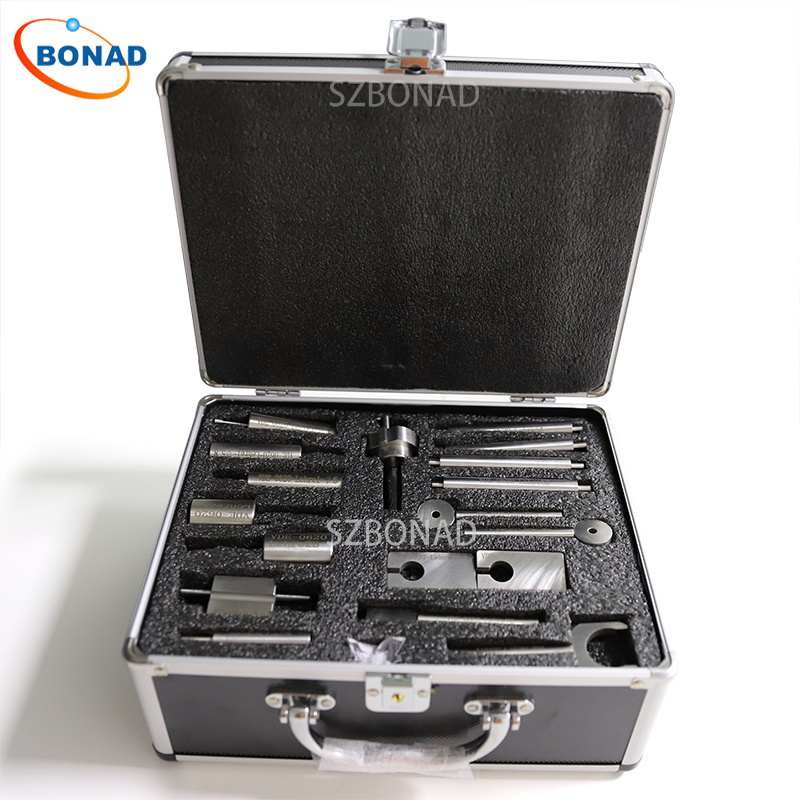Fabric Water Permeability and Waterproof Properties
Water permeability refers to a fabric’s ability to allow water to pass through, while waterproof or anti-permeability describes the opposite—resistance to water penetration. The wetting characteristics of fabrics are primarily influenced by their surface properties, often termed surface moisture resistance. Depending on their application, fabrics may require different levels of surface moisture resistance. For instance, materials used in raincoats, tents, and sails need strong waterproofing, whereas filtering fabrics require high water permeability. Outdoor garments like raincoats also demand specific waterproof features.
Test Methods and Equipment for Fabric Water Permeability (Waterproof) Properties
In the textile industry, fabric water-permeability (waterproof) testers are essential for evaluating performance. Different standards require specific equipment. Commonly used instruments include:
- Hydrostatic Head Tester
- Spray Rating Tester
- Rain Tester
These correspond to three test methods: hydrostatic, spray, and rain tests.
1. Hydrostatic Pressure Test Method (Hydrostatic Head Tester)
The hydrostatic method measures a fabric’s water permeability under specific water pressure. It applies to all fabrics, including those with waterproof finishes. This test assesses waterproofing related to fibers, yarns, and fabric structures, differing from spray or rain methods. It includes static and dynamic pressure approaches.
AATCC 127-2003 Test Procedure:
- Collect three samples (200mm × 200mm) diagonally from the fabric.
- Test with distilled water at (21±2)°C on a 100 cm² area.
- Water contact occurs on the test surface. The test ends when water droplets appear in three different spots (excluding areas within 3mm of the holder).
- Results are averaged from three samples. Higher values indicate better water resistance.

2. Spray Test Method (Spray Rating Tester)
This method simulates wetness from drizzling rain, suitable for both water-resistant and untreated fabrics. Results depend on fiber, yarn, and fabric treatments.
AATCC 22-2005 Test Procedure:
- Secure a 152.4mm diameter sample tautly on a ring.
- Spray 250mL of distilled water at a 45° angle for 25-30 seconds from 150mm away.
- Tap the ring once, rotate 180°, and tap again.
- Evaluate water repellency on a scale of 1 (worst) to 5 (best).
3. Rain Test Method (Rain Tester)
The rain test mimics heavy rain conditions, assessing water penetration resistance for single or composite fabrics. Results relate to fiber, yarn, and structure waterproofing.
AATCC 35-2006 Test Procedure:
- Place a 15.2cm × 15.2cm absorbent paper behind the sample.
- Weigh the paper accurately to 0.1g.
- Position the sample 30.5cm from the nozzle and spray horizontally with (27±1)°C water for 5 minutes.
- Re-weigh the paper; calculate weight gain. Report averages, with values >5.0g noted as +5.0g or >5.0g.


